Iiyama is often compared to Kyoto with its old temples.
It is “The town of the temple” where people can enjoy a maple turning red and yellow. When you walk about the precincts of these temples, you can enjoy maple leaves turning colorful red and yellow.
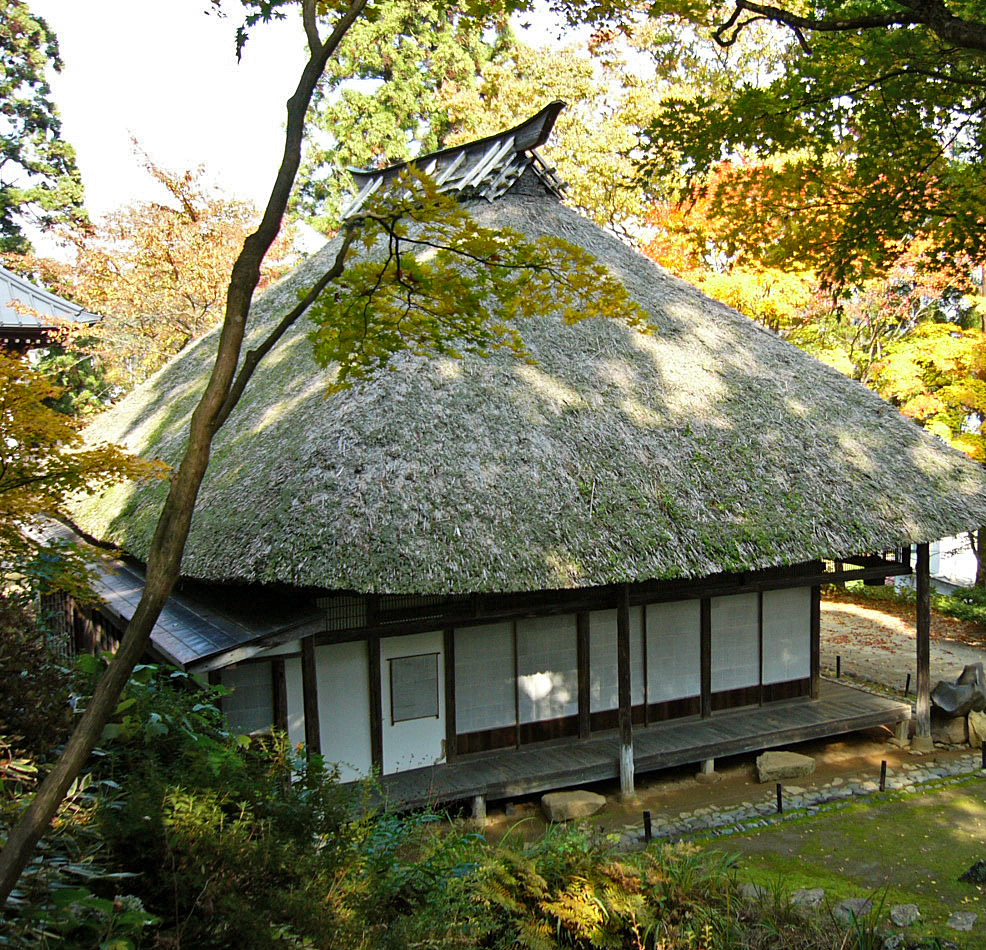
Shoju-an (Shoju Hermitage) was erected in 1666. The current main hall was built after the Great Zenkoji earthquake in 1847.
In 2004 thru 2006, "the Great Refurbishment of the Heisei Period" was carried out, and the hermitage returned to its original form. Still remaining water stone (hand washing stone) crown roof, rosary old Toga were presented from the lord of Iiyama. Zen master called Shoju sent a lifetime in zen meditation at Shojuan.
Shonenji Temple

Iiyama is often called “the Small Kyoto of the Shinshu District”, and there are many temples. Especially, Shonenji Temple attracts lots of tourists in the fall for its gorgeous array of autumnal leaves.
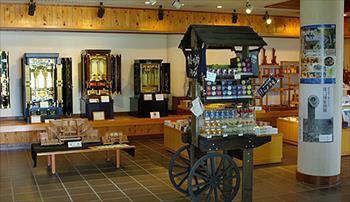 |
Iiyama Buddhist Altars By the nature of the locality based Buddhism faith and a climate condition suitable for lacquering, the Buddhist altar is a representative traditional industry of Iiyama. Atago town has "the Street of Buddhist Family Alters", which is quite unique in Japan. |
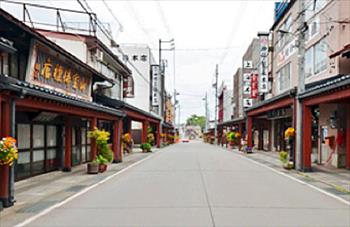 |
The Street of Buddhist Family Alters On this street which is about 300 meters long, there are a number of alter stores on both sides, and they produce about 1,000 alters each year. In the Asakusa area of Tokyo, there is also a street where you find Buddhist alter stores, but what is unique is at the liyama stores, craftsmen and merchants live and work together. |
|---|---|
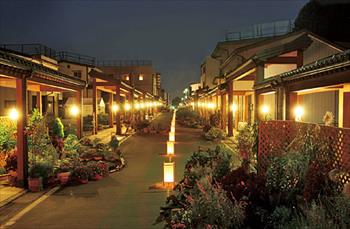 |
Flower Festival and Exhibits at Temples In the beginning of October, many tourists visit liyama to enjoy the Flower Festival and the treasures exhibited by the temples and shrines. |
 |
Gosoku Daidai Kagura "Kagura" is a noh dance dedicated to and performed at the venerable Shinto shrines of liyama on May 3 in the spring and September 22 to 23 in the fall. The festival called “Ombashira Festival" designated as Nagano Prefectural Intangible Folk Heritage is also held once 7 years. |
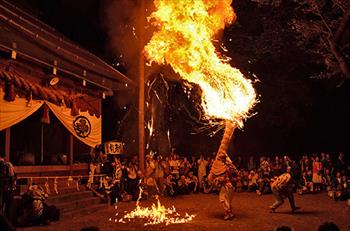 |
Narasawa Shrine Festival "The Dance of the Great Long-Nosed Goblin" dedicated to Narasawa Shrine in the middle of September attracts guests from all over the country. At this festival, the goblin swings a big fire torch of 2 meters and a half long, and it is said that when you get the sparks from the torch you will be blessed with good luck throughout the year. |

